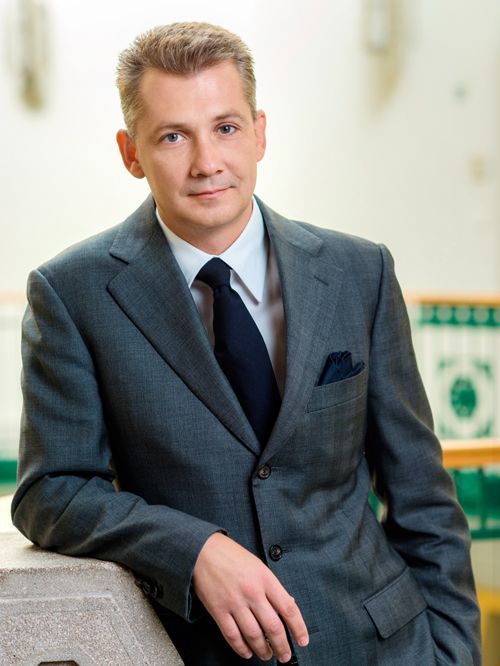Nathan North, ‘Eurobuild CEE’: Is TriGranit set to undergo any kind of transformation due to the takeover – in terms of its structure and the scope of its operations?
Árpád Török, the CEO of TriGranit Corporation: As you may know, TriGranit, with operational and capital support from TPG Real Estate, will build on its leading Central European real estate platform, which is focused on office and retail projects. In order to achieve this, TriGranit will manage a much wider scope of activities than before – we will pursue a full spectrum of real estate activities, including acquisitions, development, construction, and property and asset management. As for the structure of TriGranit, one remarkable difference is the unification of the earlier development arm of the company, TriGranit Development, and the management arm, TriGranit Management. From now on, it will be TriGranit that manages all the real estate act































































